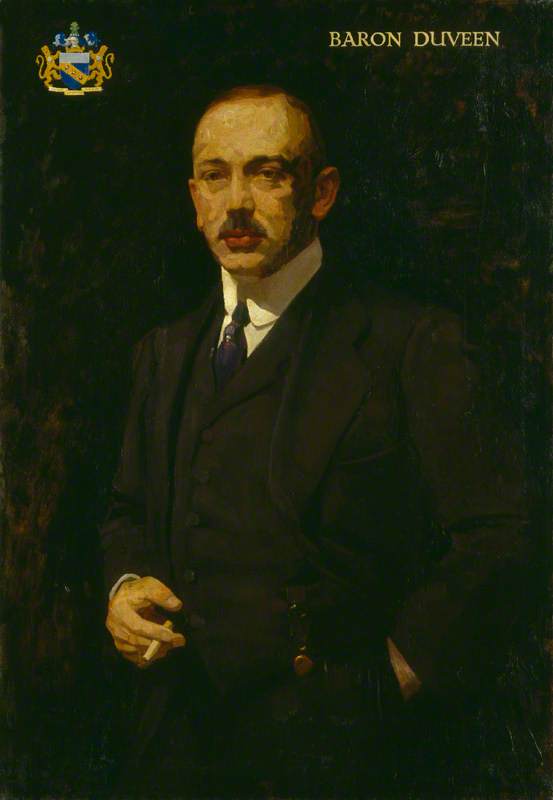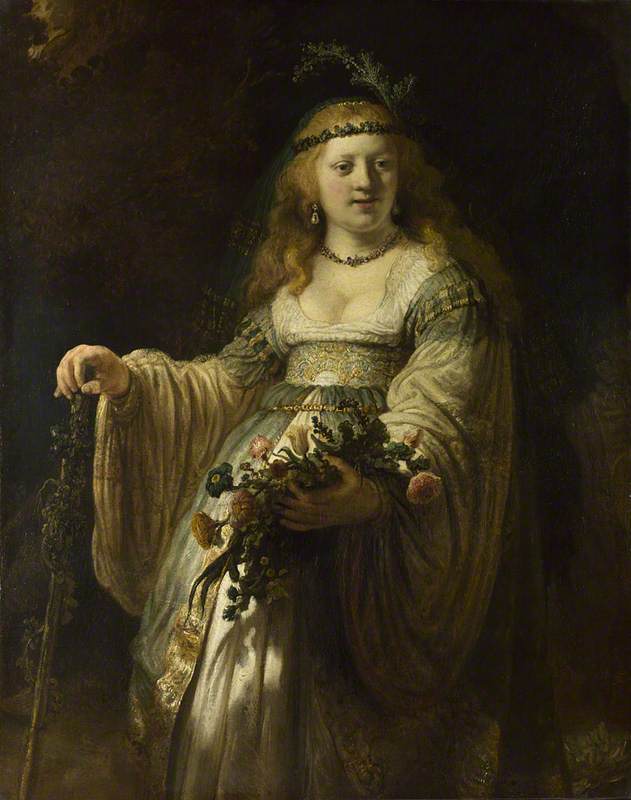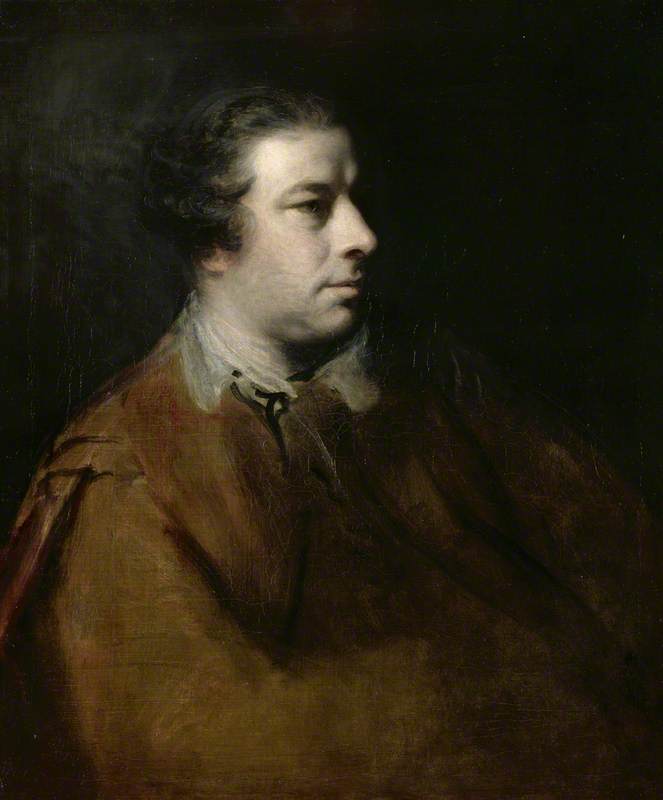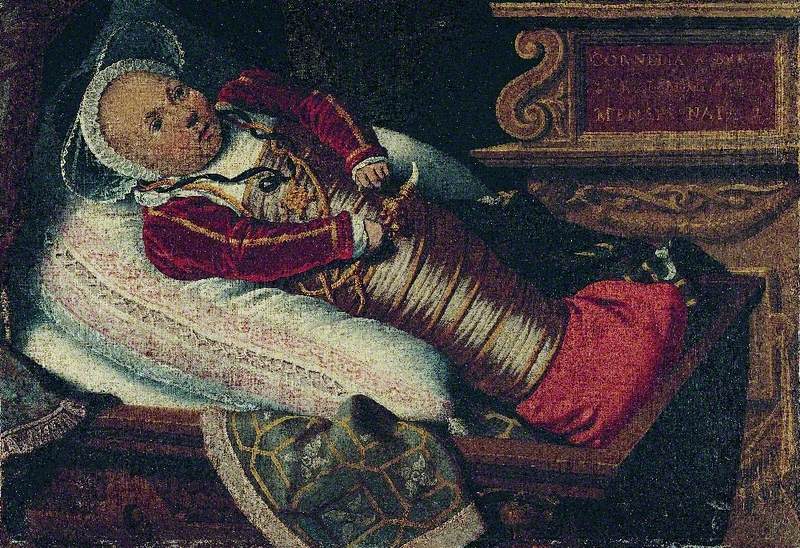Philip Hook's new book 'Rogues' Gallery' explores the role of the art dealer, and here, he gives us an introduction to the book and some rogueish behaviour.
In 1752 a new play opened on the London stage entitled Taste, by Samuel Foote. Its leading character is a charmingly unscrupulous art dealer called Mr Puff. At one point Mr Puff says ‘We are all rogues, if the taking advantage of the absurdity and follies of mankind is to be called roguery’. Not all art dealers in history have been rogues. Some have been scholars and connoisseurs, and some have been heroic pioneers of modern art. But one of the themes of my book is the strand of beguiling roguery and eccentricity that exists in art dealing; the ways in which the absurdity and follies of mankind are taken advantage of in the selling of art.
The other theme of my book is the importance of the role of art dealers in the history of art, which is only just starting to be recognised. They are important in two ways. They help to form taste in the art of the past. Joseph Duveen, for instance, formed the taste of a whole generation of early twentieth-century American moguls, and sold them pictures – great renaissance works, Rembrandts, and English eighteenth-century portraits – which then formed the basis of the great American museums.
And secondly there are those dealers who handle the work of living artists, and in so doing play a very significant part in the development of modern art. If you look at the pioneer dealers, such as Paul Durand-Ruel, Ambroise Vollard and Daniel-Henri Kahnweiler, it’s clear that they had considerable influence on what the Impressionists, the Fauves and the Cubists actually painted.
But what you have got to understand about art dealers is that they are selling a unique commodity. Art is not something functional. Art is a commodity with a value of disconcerting elasticity, because what’s really being sold is a heady mixture of intellectual and aesthetic stimulation, spiritual benefit, status, and investment opportunity. This permits the dealer a certain romanticism when it comes to price structures.
One sample of many anecdotes in the book: Duveen was a charmer, a rogue and an irresistible salesman. He invented something called ‘Below Stairs Intelligence’. This meant bribing the servants of his most important clients in order to gather information that might be useful in selling pictures to their masters.
In Paris in the 1920s there was a major Duveen client, Baron Maurice de Rothschild, who was a rich but notoriously difficult and bad-tempered collector. By 'Below Stairs Intelligence' Duveen discovered that the Baron actually suffered from chronic constipation. Buying art is a matter not of science but of stomach, so before offering him a picture Duveen always made a point of telephoning the Baron’s valet de chambre to see if his master’s bowels had moved that morning.
Such attention to detail distinguishes the great art dealers.
Philip Hook, Sotheby's board member and Senior International Specialist in Impressionist and Modern art




